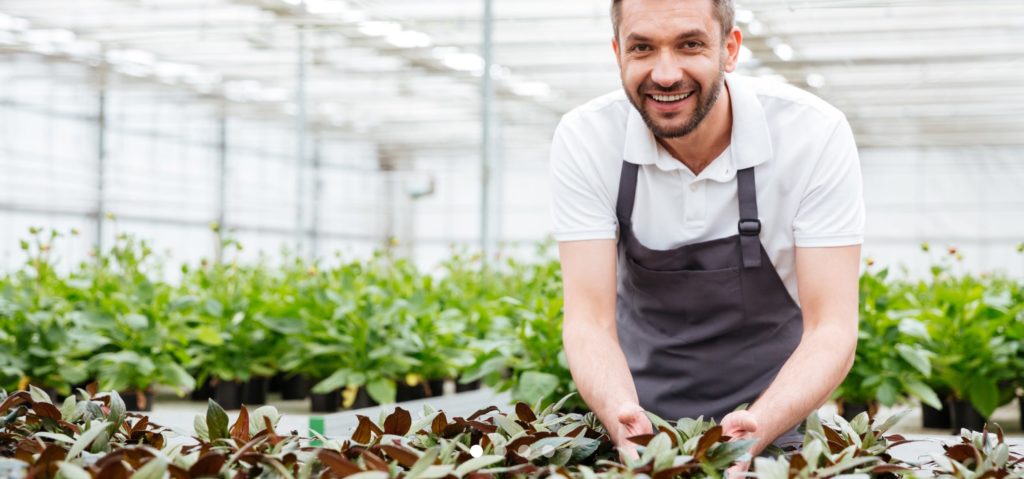Lean Flow Principles can be applied in almost any industry, not just manufacturing. These same principles apply and work impressively well in the green industry. Let’s focus on an area near and dear to many growers: propagation.
Split The Work
If growers let it, propagation can be a time and labor consuming process. Some growers may already be doing this but, as with all production areas, propagation should be done in a central location on a flow line. On a typical propagation line, the tray flows from the soil machine to the stickers, from the sticking crew to a tagger, maybe through a water tunnel, and then to someone who loads the racks for laydown.
How do you perform the sticking process? Let’s say that you have three people  sticking product – should one person stick the entire tray? FlowVision has found and demonstrated that if you break the tray into three equal sections and pass the tray from one employee to another after they each stick a third of the tray, growers can achieve between 17-38% in productivity improvements. It’s the same amount of people, it’s the exact same work content that takes the exact same amount of time to perform, yet sticking your cuttings progressively is far more efficient than letting each employee stick their own tray to completion.
sticking product – should one person stick the entire tray? FlowVision has found and demonstrated that if you break the tray into three equal sections and pass the tray from one employee to another after they each stick a third of the tray, growers can achieve between 17-38% in productivity improvements. It’s the same amount of people, it’s the exact same work content that takes the exact same amount of time to perform, yet sticking your cuttings progressively is far more efficient than letting each employee stick their own tray to completion.
Create a Culture of Teamwork
Why is this the case? Part of the answer is psychological – when you are working in a team where other people are depending on you and in-turn you are depending on others, everyone will pick up their pace so they don’t feel like they are slowing the line down. Alternatively, if you work alone on your own tray, there is nothing to drive you to work faster, or slower. The only motivation is what’s in your own head; some employees work faster than others, some don’t. Put the product into a flow line and all the sudden everyone is trying to keep the pace.
Focus on Value Adding Work
Of course, there’s more to it than psychology. With any flow line, and any time you are trying to improve the productivity of a process, you want to separate value-added work from non-value added work. It may not seem like it takes that much time for each sticker to get their own cuttings, tags, etc., but if you put a clock to the amount of time they spend on the line versus off it, you’ll see the amount of time is quite significant. In the example above, rather than having the three stickers get their own material, you instead assign a material handler (non-value added work content using indirect labor) to make sure the stickers (value-added work content using direct labor) never run out of material. Sure, the non-value added work must still get completed, but it’s much more efficient to let one person perform the non-value added work while the other three are empowered to be hyper efficient and focused, as opposed to everyone engaging in the indirect functions.





